Annabelle Hydrangeas: The Easycare Shrub With Showstopping Blooms
Annabelle hydrangeas are a popular choice for gardeners of all levels of experience. They are known for their large, white blooms that appear in early summer and can last for several weeks. Annabelle hydrangeas are relatively easy to care for and can thrive in a variety of conditions.
In this blog post, we will discuss the following:
- The different types of Annabelle hydrangeas
- How to plant and care for Annabelle hydrangeas
- How to deadhead Annabelle hydrangeas
- How to overwinter Annabelle hydrangeas
- Common pests and diseases of Annabelle hydrangeas
- How to propagate Annabelle hydrangeas
Let's get started!
Types of Annabelle Hydrangeas
There are several different varieties of Annabelle hydrangeas, each with its own unique characteristics. Some of the most popular varieties include:
- Annabelle: This is the classic Annabelle hydrangea, with large, white blooms.
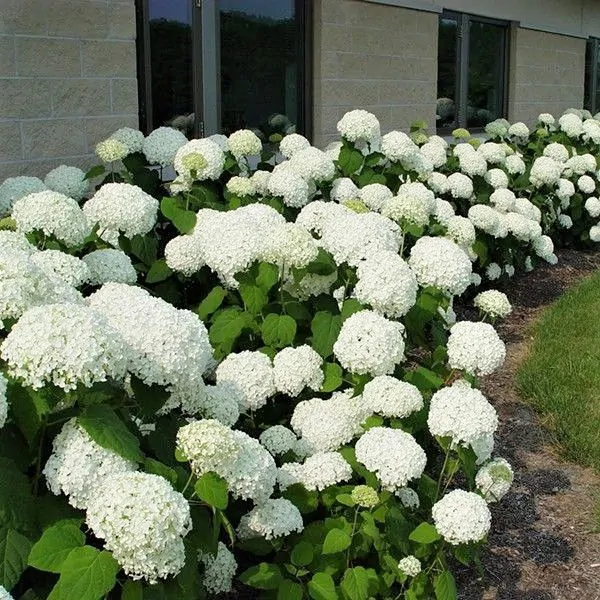
- Incrediball: This variety has even larger blooms than the classic Annabelle hydrangea.
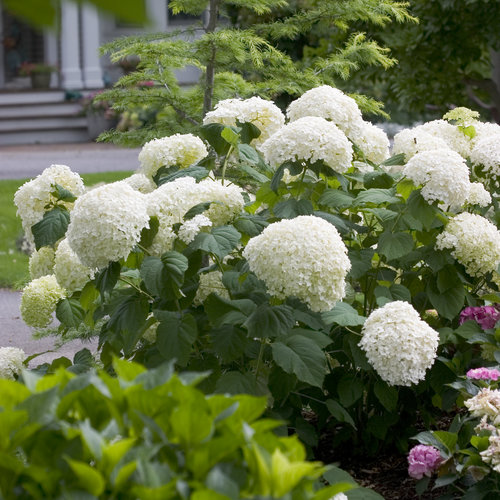
- Little Annabelle: This dwarf variety is perfect for smaller gardens.

- PeeGee: This variety has pink blooms that turn white as they age.
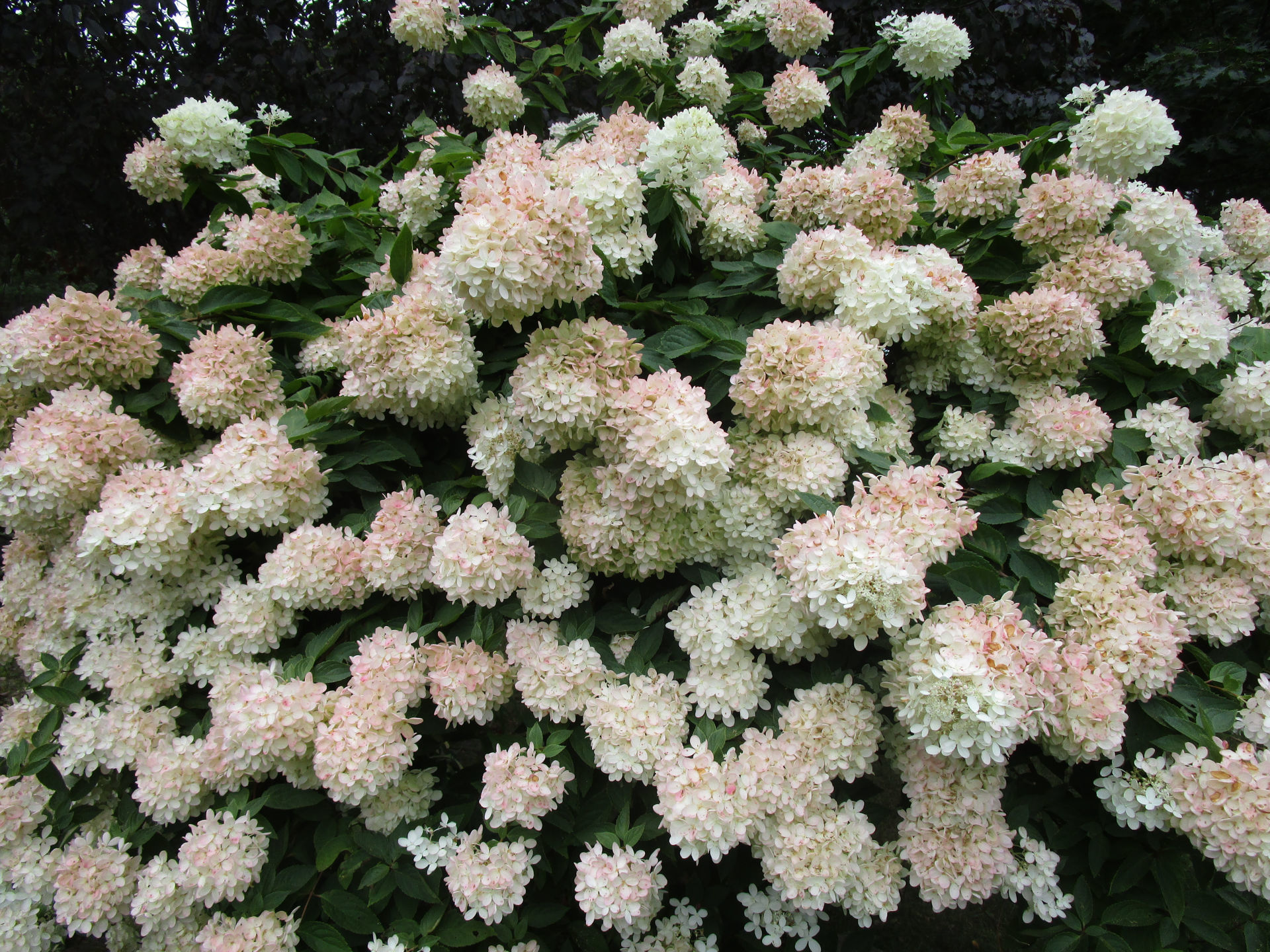
- Serendipity: This variety has blooms that start out white and then turn pink as they age.
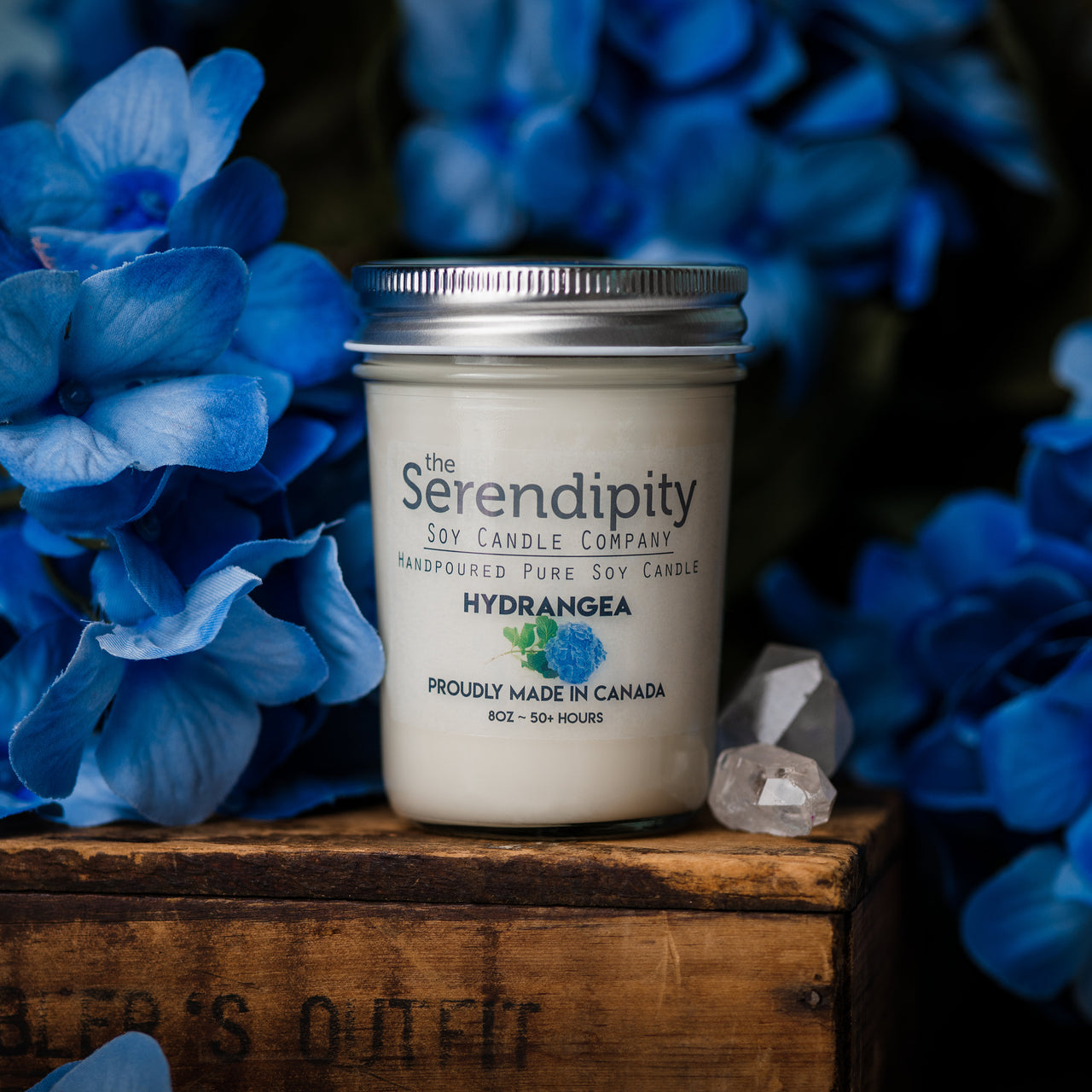
Planting and Care
Annabelle hydrangeas are relatively easy to plant and care for. They prefer full sun to partial shade and moist, well-drained soil. When planting, amend the soil with compost or other organic matter. Water Annabelle hydrangeas regularly, especially during the first year after planting. Fertilize Annabelle hydrangeas in the spring with a balanced fertilizer.
Deadheading Annabelle Hydrangeas
Deadheading Annabelle hydrangeas is important to encourage new blooms. To deadhead, simply remove the spent blooms from the plant. You can deadhead Annabelle hydrangeas at any time during the growing season.
Overwintering Annabelle Hydrangeas
Annabelle hydrangeas are hardy in USDA zones 3-9. In colder climates, you may need to take some steps to protect your Annabelle hydrangeas from the cold. In the fall, mulch around the base of your Annabelle hydrangeas with several inches of organic matter. You may also need to cover your Annabelle hydrangeas with a burlap sack or other protective covering.
Common Pests and Diseases
Annabelle hydrangeas are relatively resistant to pests and diseases. However, they can be susceptible to aphids, spider mites, and powdery mildew. If you notice any pests or diseases on your Annabelle hydrangeas, you can treat them with insecticidal soap, neem oil, or a fungicide.
Propagating Annabelle Hydrangeas
Annabelle hydrangeas can be propagated by taking cuttings in the spring or fall. To take a cutting, simply cut a 4-6 inch section of stem from the plant. Remove the lower leaves from the cutting and dip the cut end in rooting hormone. Plant the cutting in a pot of moist potting mix and keep the soil moist. The cutting should root in about 4-6 weeks.
Conclusion
Annabelle hydrangeas are a beautiful and easy-care shrub that can add a touch of elegance to any garden. With proper care, Annabelle hydrangeas will thrive for many years to come.
Annabelle hydrangeas are a popular choice for gardeners of all levels of experience. These low-maintenance shrubs are known for their large, white blooms that can last for months. If you're thinking about adding an annabelle hydrangea to your garden, I recommend visiting . This website has a wealth of information about annabelle hydrangeas, including how to plant, care for, and propagate them.
also has a blog with articles on a variety of gardening topics, including hydrangeas. In one recent article, the author discusses the best time to prune annabelle hydrangeas. In another article, the author shares tips on how to get the most out of your annabelle hydrangeas' blooms.
Whether you're a beginner or a seasoned gardener, I'm sure you'll find something helpful on . So if you're interested in learning more about annabelle hydrangeas, I encourage you to visit the website today.
FAQ of annabelle hydrangea
Q: How do I grow Annabelle hydrangeas?
A: Annabelle hydrangeas are relatively easy to grow. They prefer moist but well-drained soil in full sun to partial shade. They are hardy in USDA zones 3-9, but late frosts can damage the buds, so it is best to grow them in a sheltered spot in colder climates. Regular pruning will help to keep the plants dense and compact.
Q: What color are Annabelle hydrangeas?
A: Annabelle hydrangeas are typically white, but the color of their blooms can vary depending on the soil pH. In acidic soil, the blooms will be blue or pink. In alkaline soil, the blooms will be white or green.
Q: How do I care for Annabelle hydrangeas?
A: Annabelle hydrangeas need regular watering, especially during the first year after planting. They also benefit from being fertilized in the spring and fall. To prevent diseases, it is important to deadhead the flowers regularly and to prune the plants in the fall.
Q: How do I control Annabelle hydrangeas?
A: Annabelle hydrangeas are relatively low-maintenance plants. However, they can be susceptible to pests such as aphids and scale insects. If you notice any pests on your plants, you can treat them with an insecticidal soap or neem oil.
Q: How long do Annabelle hydrangeas last?
A: Annabelle hydrangeas can live for many years with proper care. They typically reach maturity in about 3-5 years and can continue to bloom for many years after that.
Image of annabelle hydrangea
5 different images of Annabelle hydrangea from Pinterest:
- A large, white Annabelle hydrangea bush in full bloom.
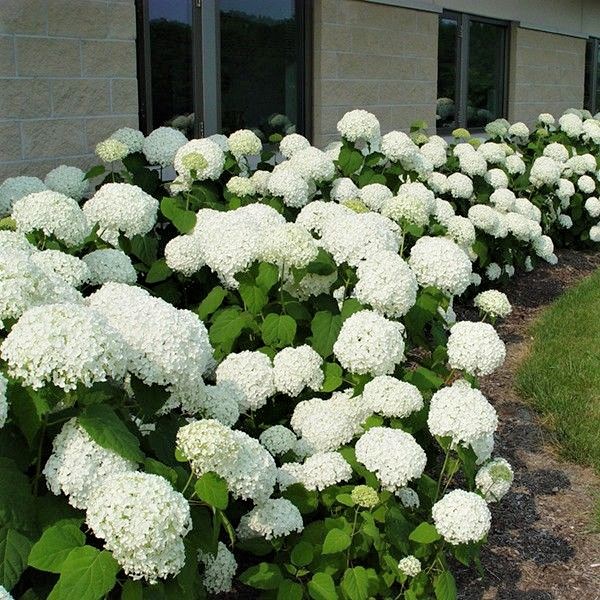
- A close-up of the flowers of an Annabelle hydrangea, showing their delicate petals.

- A row of Annabelle hydrangea bushes planted along a walkway, their white flowers in bloom.
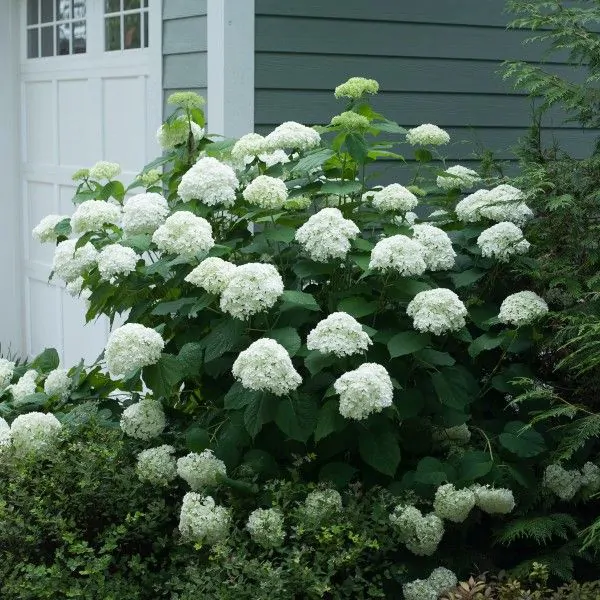
- An Annabelle hydrangea bush in a pot on a patio, its white flowers cascading over the sides of the pot.

- A small Annabelle hydrangea bush in a garden, its white flowers surrounded by green foliage.
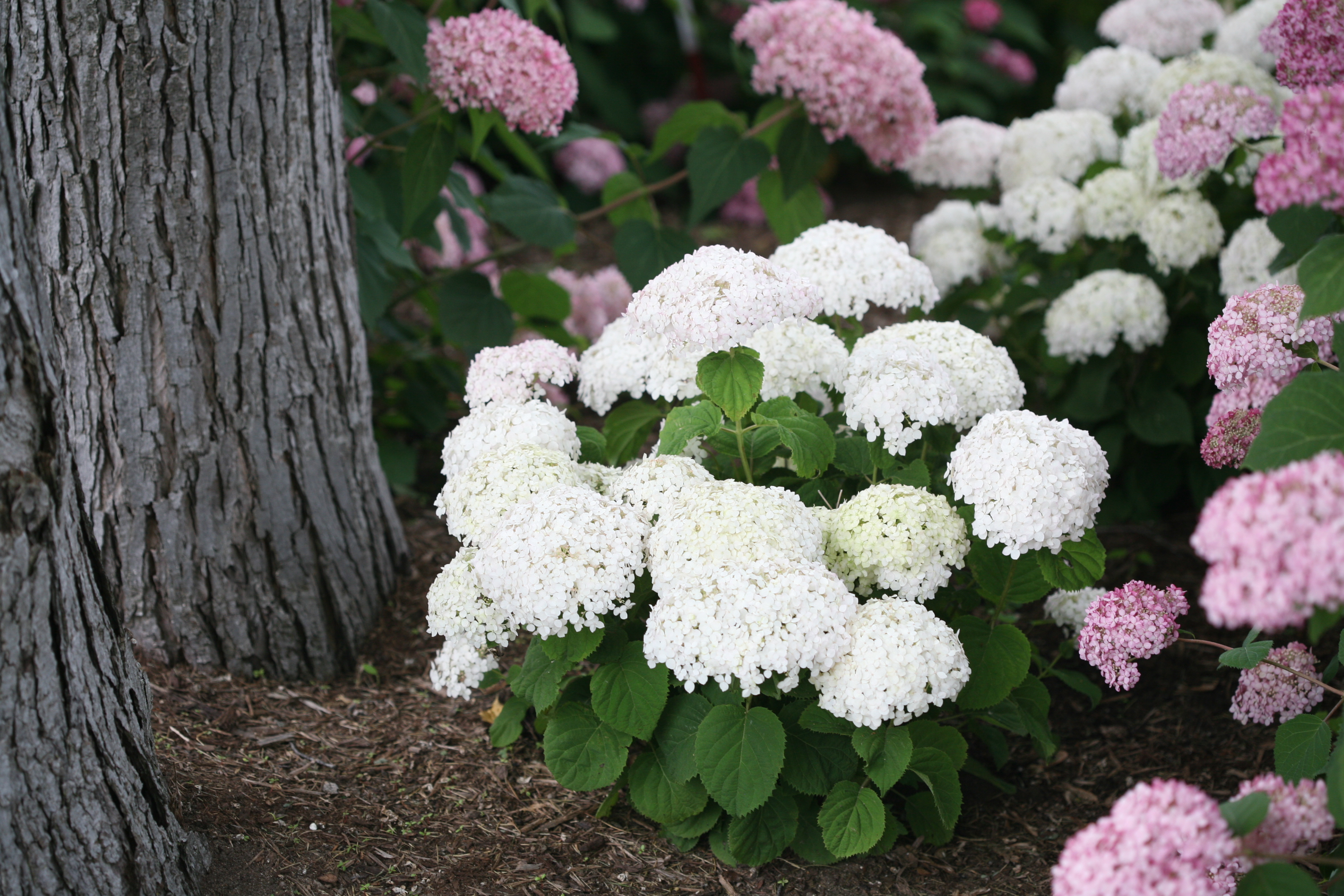
Post a Comment for "Annabelle Hydrangeas: The Easycare Shrub With Showstopping Blooms"